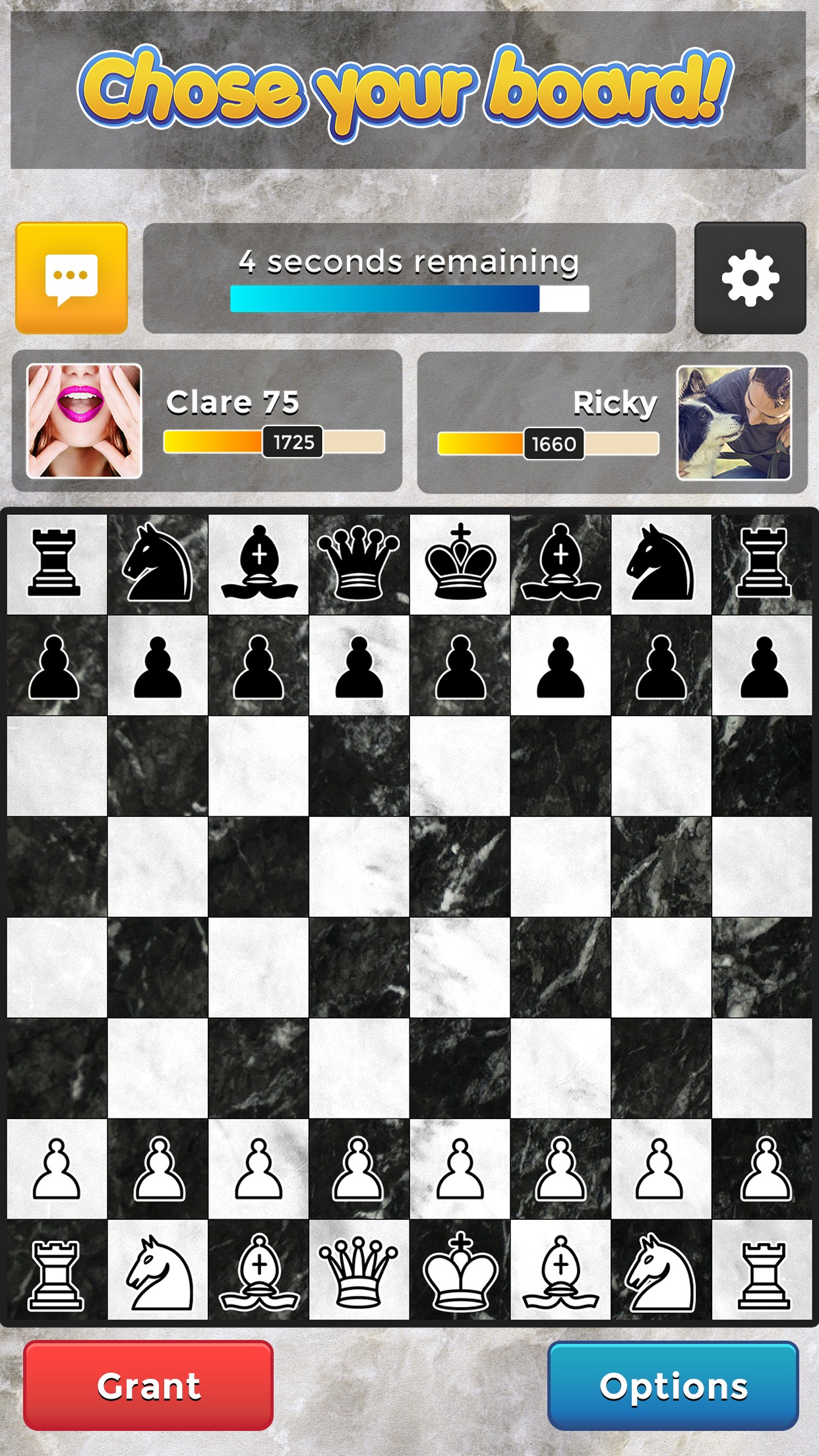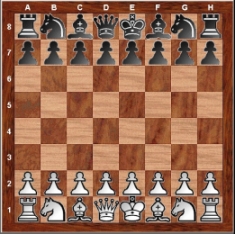

Before playing this game, it is a good exercise to count the minimum number of moves required by each piece and then to plan the play so that the pieces do not interfere with each other.

The pieces cannot move beyond the halfway line. Moving alternately, the aim is to move the pieces back to their starting squares. The pieces are not at their starting squares. Playing two games, the winner is the person who has got most pawns through. Once a pawn has reached the end it cannot be captured. The objective is to get as many pawns to the other side as possible. The story is that 8 teenagers (pawns) want to go to a disco but they have to pass 2 security guards (knights). Black, played by the teacher, tries to get stalemate (or reach a position in which there are no safe squares for the black king to move.)

White, played by the children, tries to get checkmate (or capture the king). Black only has a lone king on its starting square e8. The starting position for White is the same as in chess. This is a whole class exercise which keeps the children focused because they take turns to call out a move. The rook wins if it captures all the pawns. The pawns win if one safely reaches the other end. Place the rook on the back rank as far as possible away from five adjacent pawns. We introduce the rook which moves orthogonally (up, down, right, left) any number of squares. Arriving safely means arriving at the other end without being immediately captured. Note the bishop must be careful not to be captured by a pawn. The bishop wins if it captures all the pawns. Place the bishop on the back rank opposite three adjacent pawns without attacking them. We introduce the bishop which moves diagonally any number of squares. Note that the king is a powerful piece in the endgame and should be advanced. You can also win if you capture your opponent’s king. The first person to reach the other side with a pawn or king is the winner. The king can move one square in any direction. A king is added to its starting square behind the line of pawns. You also win if it is your opponent’s move and they have no moves left. The first person to reach the other side is the winner. The pawn moves forwards one square (optionally two squares on its first move) and captures diagonally forwards one square by replacing the opponent’s piece. Discover the winning strategy of each game. Here are the best minigames to develop your skills. We use these games in our training courses.
ONLINE CHESS PLUS HOW TO
By systematically mastering these games, beginners learn how to formulate strategy and carry out plans. These are simple games played on a chessboard. This section is about learning how to play chess from the beginning.


 0 kommentar(er)
0 kommentar(er)
